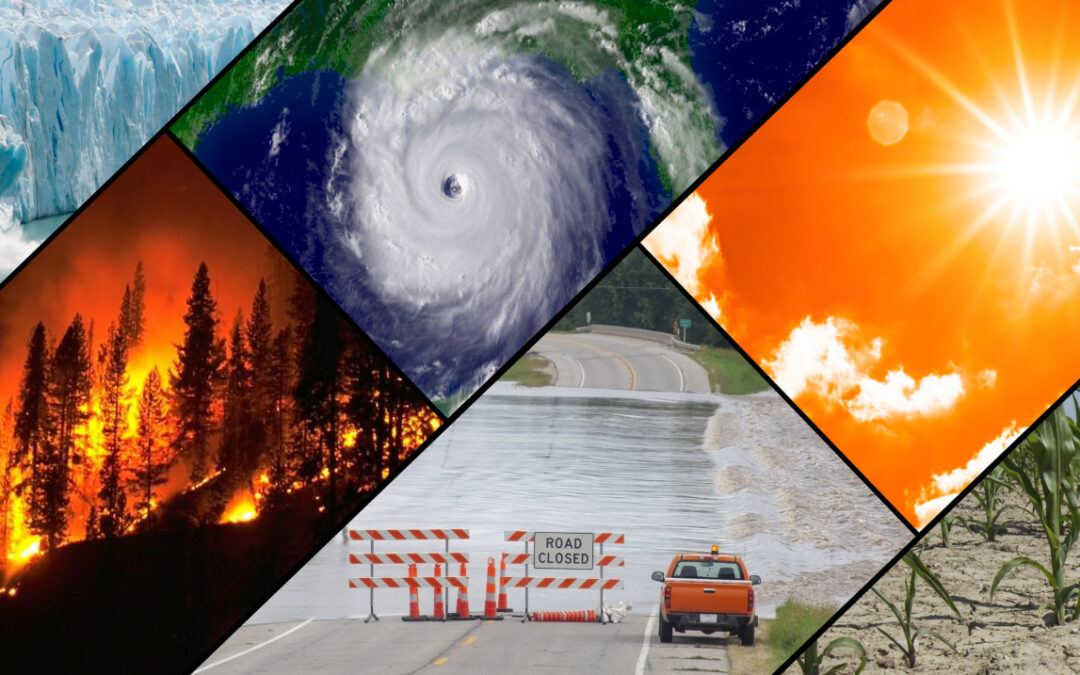Google and the Environmental Defense Fund collaborated to create a new feature that could help combat climate change.
That’s right, Google is useful for much more than merely looking up the names of performers you ‘KNOW you’ve seen in something else before’.
The technology company has partnered with the Environmental Defense Fund (EDF) to deploy a new satellite called MethaneSAT next month.
READ MORE: Google Introduces Conversational AI For Search Ads
MethaneSAT is meant to monitor methane leaks from oil and gas businesses throughout the world. Circling the Earth 15 times each day to keep track of any changes.

Over a decade, methane has 80 times the warming potential of carbon dioxide. As a result, the gas is thought to be responsible for roughly one-third of human-caused global warming.
Google intends to disclose the data in a public feature before the end of the year. Implying that the satellite will help hold firms accountable for their environmental implications.
READ MORE: Modeling Implies That Climate Change May Impair Solar Power In The Future
MethaneSAT was created to detect gas sources practically anywhere in the world, and Google will utilize its computer power and AI technologies to analyze the data and map the regularly shifting locations of oil and gas infrastructure around the world.

Google Geo’s vice president and general manager of sustainability, Yael Maguire, indicated that the business will map infrastructure in the same manner as it maps trees, crosswalks, and intersections.
The map will then be overlaid with MethaneSAT data, which will help determine which sorts of gear are most likely to leak.
“We think this information is incredibly valuable for energy companies, researchers, and the public sector to anticipate and mitigate methane emissions in components that are generally most susceptible,” Maguire said, via Business Insider.
READ MORE: Combating Climate Change By Utilizing Our Oceans
According to the International Energy Agency (IEA), agriculture is the leading source of emissions from human activities, followed by the energy sector.

Approximately 40% of worldwide methane emissions from human activities are thought to come from oil, gas, and coal operations. With the IEA noting that the energy sector should be prioritized.
Reducing methane leaks is cost-effective since the gas may be trapped and sold with relatively inexpensive technologies.
Speaking to reporters on the launch, Steve Hamburg, the EDF’s principal scientist and project head for MethaneSAT, stated, “Globally, 2023 was the hottest year on record.”
“The need to protect the climate has never been more urgent. Cutting methane emissions from fossil-fuel operations and agriculture is really the fastest way that we can slow the warming right now.”
To achieve’real outcomes’, Hamburg emphasized that “the government, civil society, and industry need to know how much methane is coming from where, who is responsible for those emissions, and how those emissions are changing over time.”
“We need data on a global scale,” he explained.
Radiant and America Nu, offering to elevate your entertainment game! Movies, TV series, exclusive interviews, music, and more—download now on various devices, including iPhones, Androids, smart TVs, Apple TV, Fire Stick, and more.



